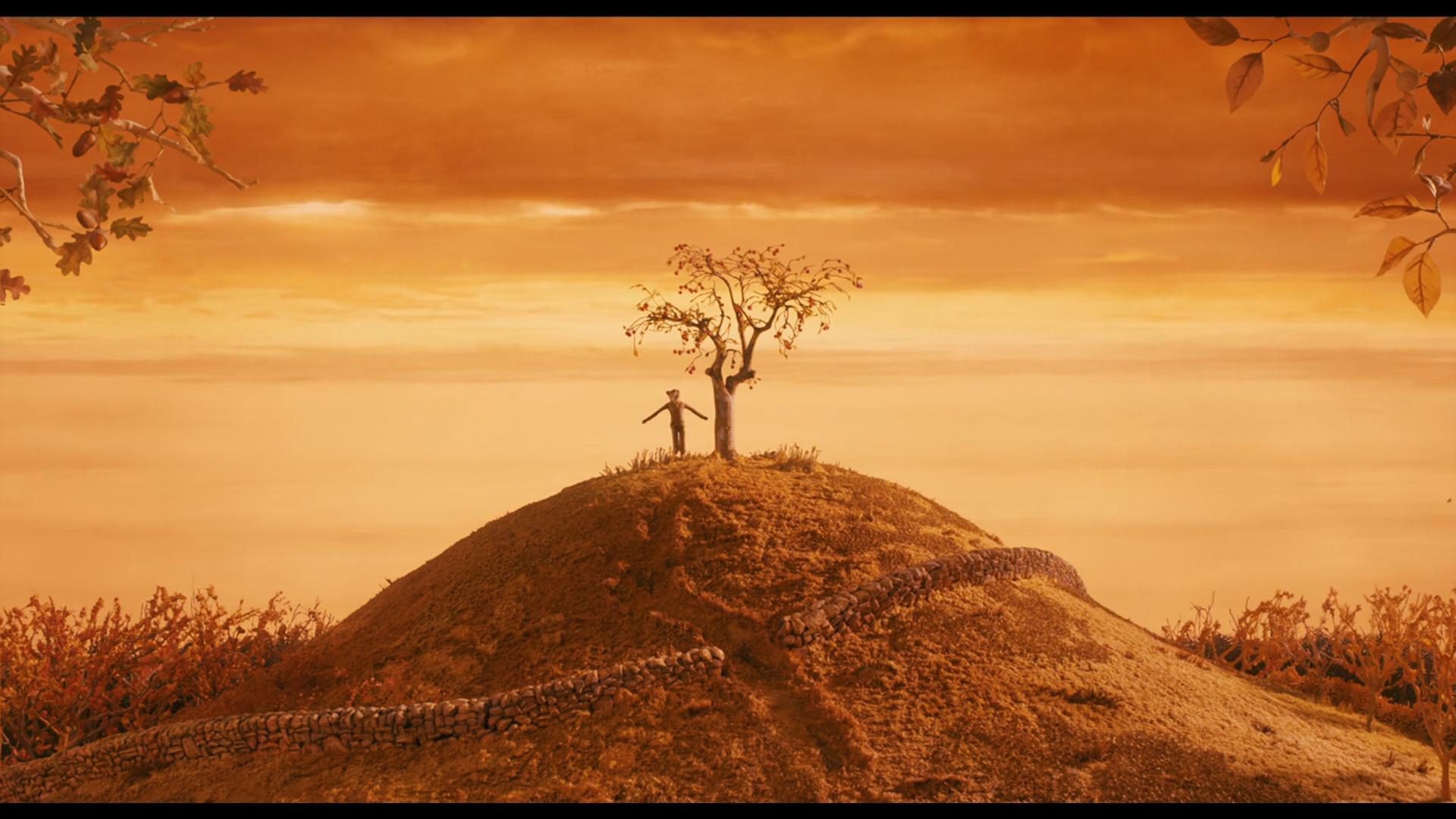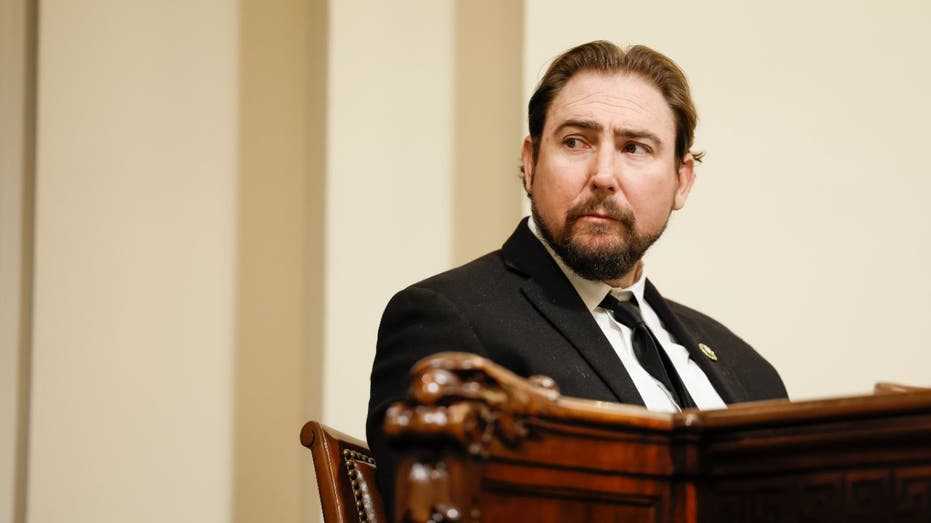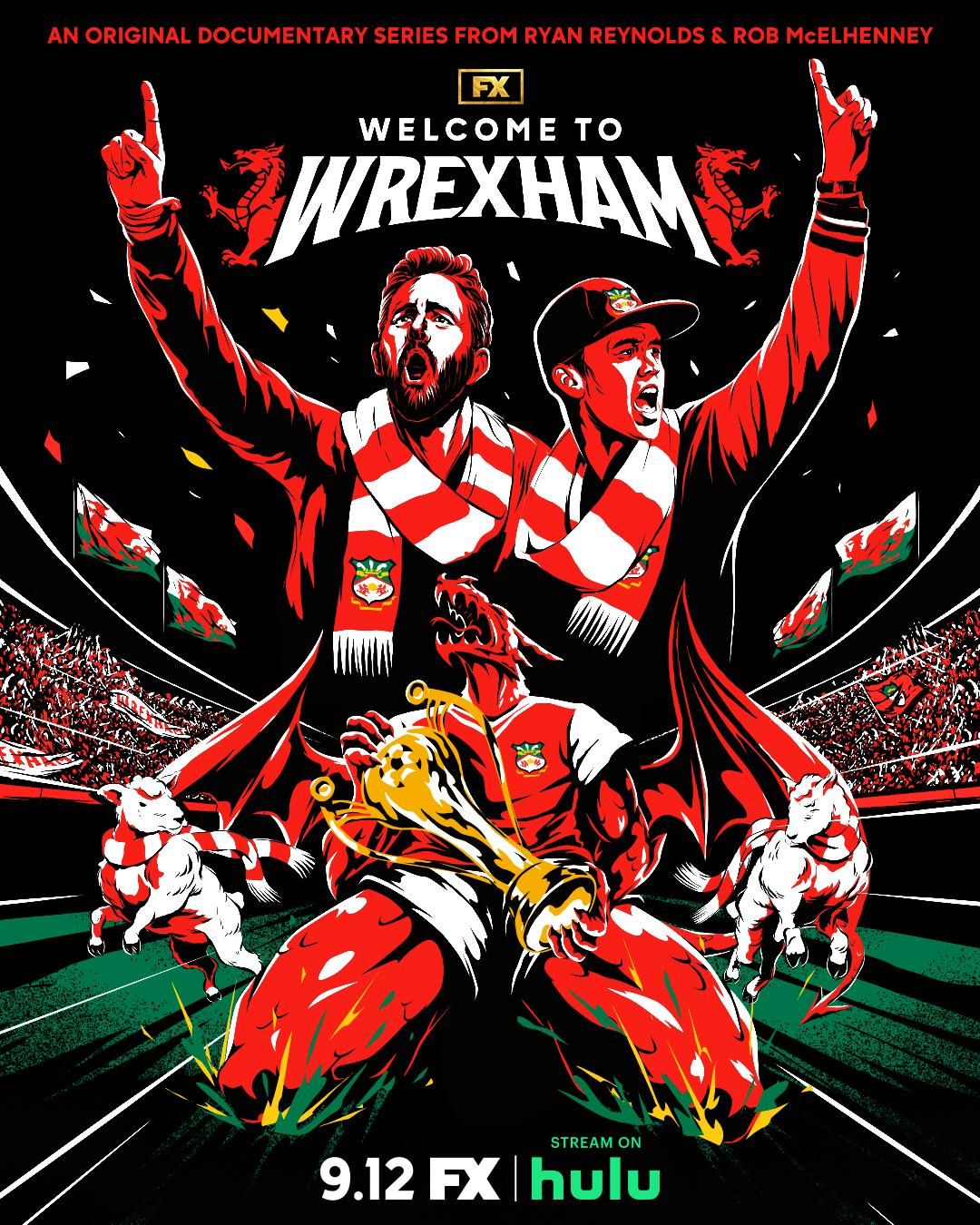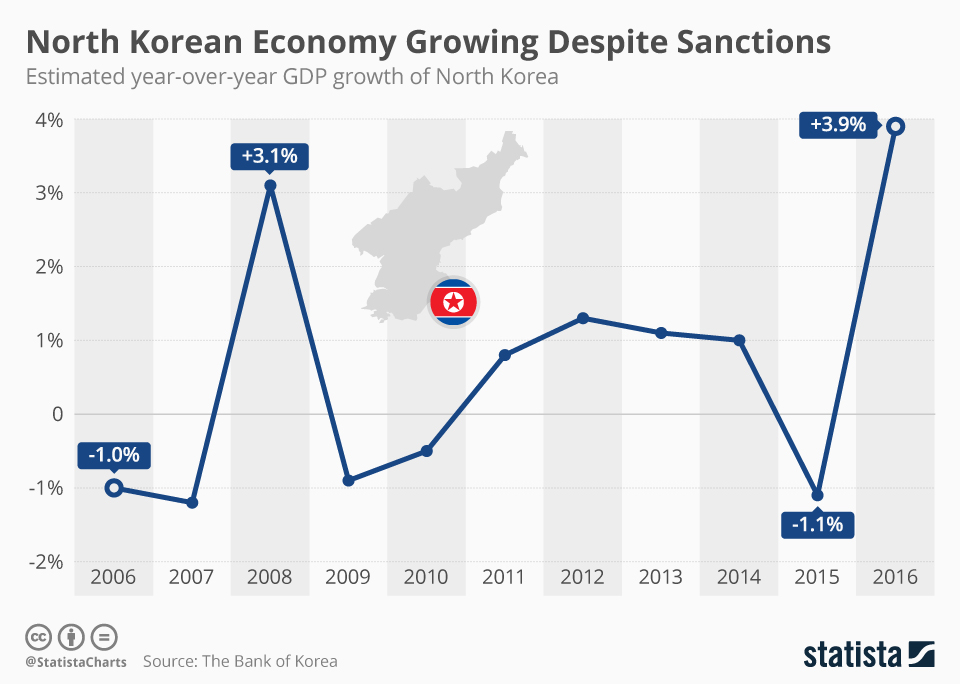Wes Anderson Archives: A Design Museum Retrospective

Table of Contents
The Signature Wes Anderson Style: A Visual Feast
Wes Anderson's aesthetic is instantly recognizable, a carefully constructed blend of symmetrical composition, vibrant (or subtly muted) color palettes, and meticulous visual storytelling. His films are a visual feast, each frame a testament to his unwavering attention to detail. This distinctive style is a key focus of the "Wes Anderson Archives" exhibition.
-
Symmetrical Composition: Anderson's frequent use of symmetrical composition creates a sense of balance and order, often reflecting the characters' internal struggles or the structured chaos of their lives. Think of the perfectly aligned buildings in The Grand Budapest Hotel or the meticulously arranged family portraits in The Royal Tenenbaums. This deliberate framing technique is a significant element of his visual language and is thoroughly explored in the exhibition.
-
Distinctive Color Palettes: The color palettes in Anderson's films are as varied as they are striking. The pastel hues of Moonrise Kingdom evoke a sense of whimsical childhood nostalgia, while the muted tones of The Royal Tenenbaums convey a sense of melancholic sophistication. The exhibition showcases the careful selection and application of color, highlighting how they contribute to the films' overall mood and atmosphere.
-
Visual Storytelling: Anderson doesn't just tell stories; he visually orchestrates them. Every detail, from the placement of props to the camera angles, contributes to the narrative. The exhibition analyzes these techniques, using examples from films like Fantastic Mr. Fox and Isle of Dogs to demonstrate how visual elements enhance the emotional impact and comedic timing.
-
Unique Cinematography: Anderson's cinematography is as distinctive as his storytelling. The use of tracking shots, slow-motion, and carefully positioned static shots all contribute to the overall aesthetic. These techniques, often combined with meticulously planned mise-en-scène, are showcased in the exhibition, revealing the technical brilliance behind the seemingly effortless beauty of his films.
Set Design and Art Direction: Building Whimsical Worlds
The "Wes Anderson Archives" offers a fascinating glimpse into the creation of Anderson's meticulously crafted worlds. His set design and art direction are integral to the films' unique atmosphere and character development.
-
Miniature Sets and Model Building: The exhibition showcases the detailed miniature sets used extensively in Anderson's films, demonstrating the remarkable craftsmanship involved in building these fantastical environments. You'll see firsthand the incredible attention to detail that goes into creating these captivating worlds.
-
Location Scouting and Architectural Details: Anderson's films often feature unique locations, chosen for their architectural details and atmospheric qualities. The exhibition explores how these locations are integrated into the narrative, becoming active participants in the storytelling.
-
Practical Effects vs. CGI: The retrospective examines Anderson's preference for practical effects over CGI, highlighting the tangible quality and craftsmanship of his sets and the impact this has on the overall visual aesthetic.
Costume Design: Character Through Clothing
Costumes in Wes Anderson's films are not merely garments; they're crucial elements of character development and visual storytelling. The exhibition delves into the artistry of his costume design, revealing how clothing choices contribute to the unique personalities and narratives.
-
Character Development: Anderson's costume designers meticulously craft outfits that reflect each character's personality, background, and emotional state. The exhibition highlights how specific clothing choices enhance the narrative and contribute to character development.
-
Period Costumes and Accuracy: From the retro-chic styles of The Royal Tenenbaums to the period-specific costumes of The Grand Budapest Hotel, the exhibition showcases the accuracy and meticulous detail put into the clothing, showcasing the research and craftsmanship involved.
-
Color Coordination and Visual Harmony: The careful color coordination of costumes enhances the overall visual style of the film, creating a sense of harmony and reinforcing the thematic elements. The exhibition analyzes how color choices contribute to the overall aesthetic.
-
Key Costume Designers: The exhibition highlights the contributions of key costume designers who have collaborated with Wes Anderson, giving recognition to their crucial role in shaping the visual identity of his films.
The Design Museum Exhibition: A Curatorial Perspective
The Design Museum's curation of "Wes Anderson Archives" is itself a work of art, thoughtfully showcasing Anderson's creative process and the collaborative efforts behind his films.
-
Exhibition Layout and Organization: The exhibition's layout and organization are designed to provide an immersive experience, guiding visitors through the evolution of Anderson's style and creative process.
-
Rare Artifacts and Behind-the-Scenes Materials: The exhibition features rare artifacts and behind-the-scenes materials, offering an intimate look at the creative process, including storyboards, production sketches, and other elements that rarely see the light of day.
-
Interactive Elements and Audience Engagement: The exhibition incorporates interactive elements, creating an engaging and immersive experience for visitors of all ages and backgrounds.
-
Curatorial Choices and Presentation: The curatorial choices in the exhibition are carefully considered, emphasizing the depth and complexity of Anderson's work while providing a visually stunning presentation.
Conclusion
The Design Museum's "Wes Anderson Archives" retrospective offers a comprehensive exploration of the director's unparalleled visual artistry. From the symmetrical compositions and vibrant color palettes to the meticulously crafted sets and costumes, the exhibition showcases the depth and detail of Anderson's creative vision. It’s a must-see for film enthusiasts, design aficionados, and anyone who appreciates the power of meticulous visual storytelling.
Call to Action: Don't miss the chance to experience the magic of "Wes Anderson Archives" at the Design Museum! Immerse yourself in the meticulously crafted worlds of one of cinema's most visually distinctive directors. Plan your visit to this unforgettable Wes Anderson exhibition today! Learn more about the Wes Anderson Archives and its upcoming events at [link to museum website].

Featured Posts
-
 Trumps Plan To Defund Harvard A Shift Towards Trade School Funding
May 28, 2025
Trumps Plan To Defund Harvard A Shift Towards Trade School Funding
May 28, 2025 -
 Ipswich Town Mc Kenna Cajuste Injury News And Training Update
May 28, 2025
Ipswich Town Mc Kenna Cajuste Injury News And Training Update
May 28, 2025 -
 Welcome To Wrexham Exploring The Towns History And Culture
May 28, 2025
Welcome To Wrexham Exploring The Towns History And Culture
May 28, 2025 -
 Marlins Defeat Angels Ending Eight Game Winning Streak
May 28, 2025
Marlins Defeat Angels Ending Eight Game Winning Streak
May 28, 2025 -
 Trump Weighs Sanctions The Growing Strain In Us Russia Relations
May 28, 2025
Trump Weighs Sanctions The Growing Strain In Us Russia Relations
May 28, 2025
